Acetic Standard
Acetic curing silicone sealant with anti-mould agent for sanitary use and facades.
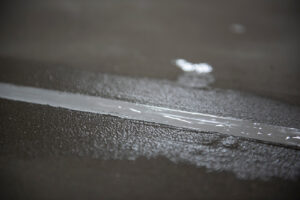

Variations
Application areas
Discover more
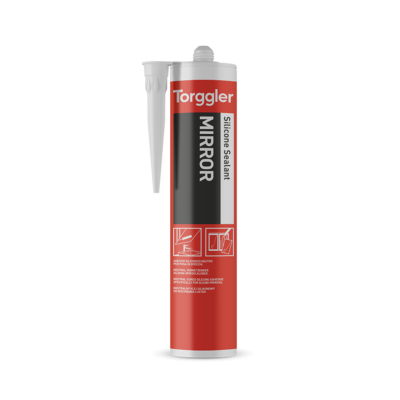
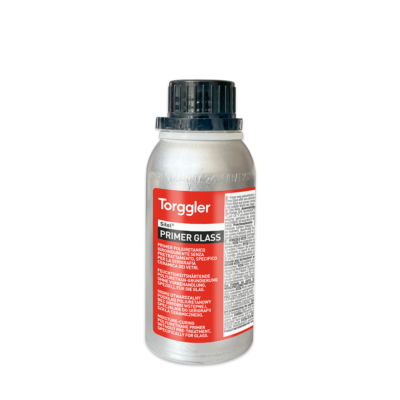
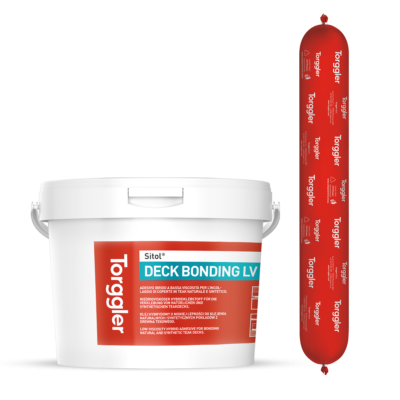
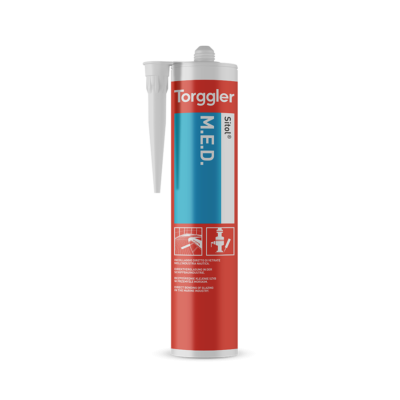
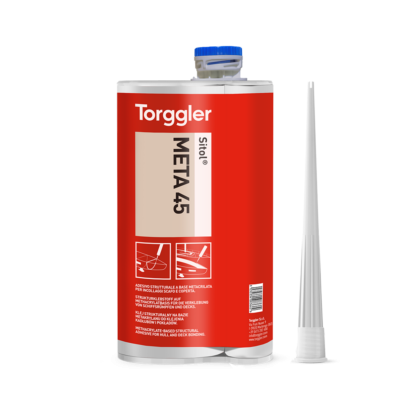
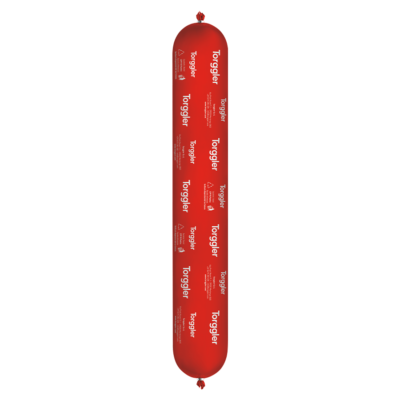
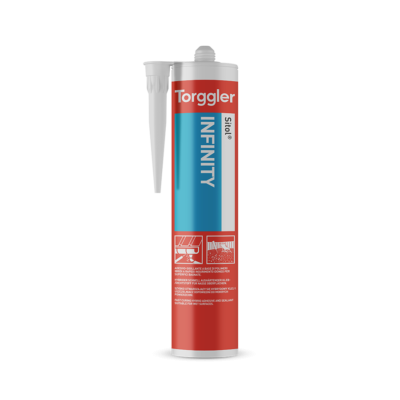
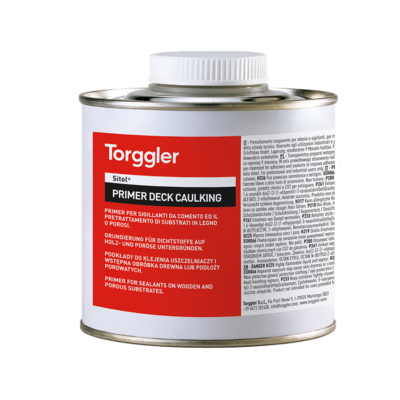
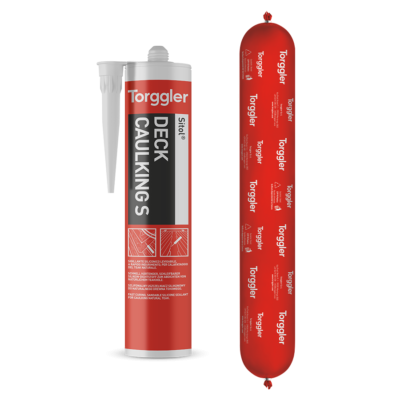
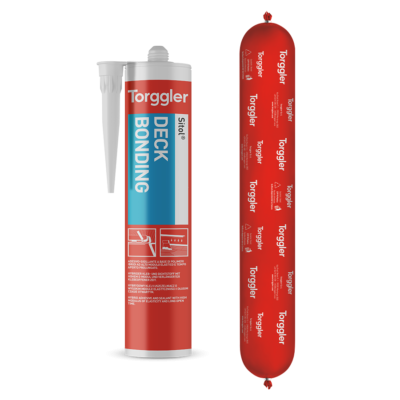
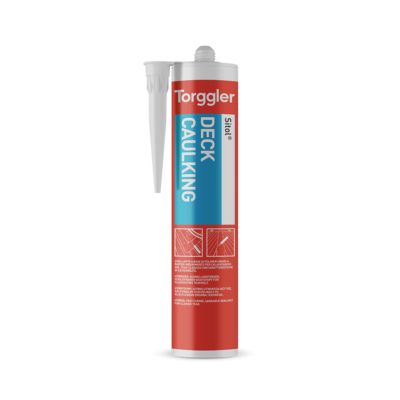
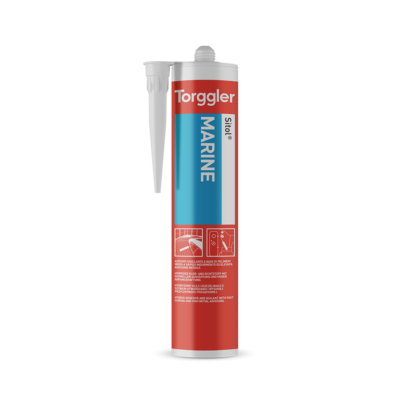
Silicone Acetic Standard is suitable for most substrates commonly found in construction sites. It hardens very rapidly and is exceptionally resistant to UV rays and atmospheric agents. The presence of an antimicrobial agent and an algae inhibitor in the formulation makes it suitable for sanitary environments too: the product is resistant to boiling water and washing with chemically-aggressive detergents, thus contributing to surface hygiene. Its excellent adhesive and high elasticity properties, make it suitable for outdoor use as well as a suitable sealant for the perimetral connetion joints between the window and wall. Due to its low elastic modulus product can be used also for joints of facade elements. It has excellent adhesion even without Primer Silicon on glass, stoneware or glazed surfaces and has good adhesion to the majority of non-porous substrates. Acetic Standard is classified F-EXT/INT-CC in compliance with EN 15651-1, and XS type in compliance with EN 15651-3.
Cleaning of tools
While the sealant is in the plastic state use solvents; following setting clean only mechanically.
Acetic Standard must be stored in a cool, dry place. Stored in these conditions the product will keep for at least 24 months. Partly used cartridges can be stored for approx. 3 months provided they are tightly closed.
| Color | Code | Packaging | Packaging size | Pallet | Barcode |
|---|---|---|---|---|---|
| Cement grey 7032 | 8105 | cartridge | 24x280 ml |
64 cardboards
|
|
| Beige | 8110 | cartridge | 24x280 ml |
64 cardboards
|
|
| Black 9005 | 8004 | cartridge | 24x280 ml |
60 cardboards
|
|
| Transparent | 8001 | cartridge | 24x280 ml |
60 cardboards
|
|
| White 9010 | 8003 | cartridge | 24x280 ml |
60 cardboards
|
|
| Manhattan 7035 | 8103 | cartridge | 24x280 ml |
64 cardboards
|
|
| Pearl grey 7040 | 8104 | cartridge | 24x280 ml |
64 cardboards
|
|
| Grey 7030 | 8106 | cartridge | 24x280 ml |
60 cardboards
|
|
| Anthracite 7022 | 8107 | cartridge | 24x280 ml |
64 cardboards
|
|
| Brown 1019 | 8112 | cartridge | 24x280 ml |
60 cardboards
|
The very fast curing and high elastic modulus make Acetic Standard suitable for sealing and static of gluing glass in different applications: windows, glass panels, reinforced concrete and glass tiles, structural glazing, decorative items, solar panels, bathroom fittings (tub, shower box, washbasin). It is also suitable for the elastic sealing of window perimeter joints. It can also be used for domestic appliances. It is unsuitable for porous or alkaline surfaces such as marble, concrete, asbestos cement or mortar because the acetic acid could attack them during the vulcanisation. The contact with metals such as copper, zinc, lead or brass leads to their corrosion.
| PARAMETER AND TEST METHOD | VALUE |
| Density (ISO 1183-1) | 1,00 g/ml |
| Application temperature | from +5 °C to +40 °C |
| Skin-over time (MIT 33*) | 20 minutes |
| Hardening rate from the outside to the inside at 23 °C (MT 32*) | 2 mm in 24 h |
| Operating temperature | from -30 °C to +150 °C |
| Surface hardness (ISO 868) | Shore A: max = 25 / 15” = 15 |
| Volume variation (EN ISO 10563) | 14% |
| Creep resistance (EN ISO 7390) | 0,0 mm |
| Elongation at break (DIN 53504 -Punch S3) | 1100% |
| Tensile strength at break (DIN 53504 – Punch S3) | 1,1 N/mm² |
| Modulus of elasticity at 100% (DIN 53504 – Punch S3) | 0,3 N/mm² |
| Stretching to breaking point (EN ISO 8339/A – G/Al) | 90% |
| Tensile strength at break (EN ISO 8339/A – G/Al) | 0,4 N/mm² |
| Modulus of elasticity at 60% (EN ISO 8339/A – G/Al) | 0,3 N/mm² |
| Elastic recovery (EN ISO 7389/B – G/Al) | > 95% |
| Maximum operating elongation (ISO 11600) | 20% |
| Resistance to acid | Excellent |
| Resistance to bases | Excellent |
| Odour after skin-over | None |
* Torggler Internal Methods (MIT) are available on request.
| COVERAGE GUIDE TABLE | ||
| JOINT WIDTH X DEPTH (MM) | QUANTITY USED PER LINEAR METRE | LINEAR METRES COVERED WITH ONE CARTRIDGE |
| 6×6 | 36 ml | 7,78 |
| 8×8 | 64 ml | 4,34 |
| 10×10 | 100 ml | 2,8 |
| 15×10 | 150 ml | 1,87 |
| 20×10 | 200 ml | 1,4 |
Contact our team for personalized support and product guidance.